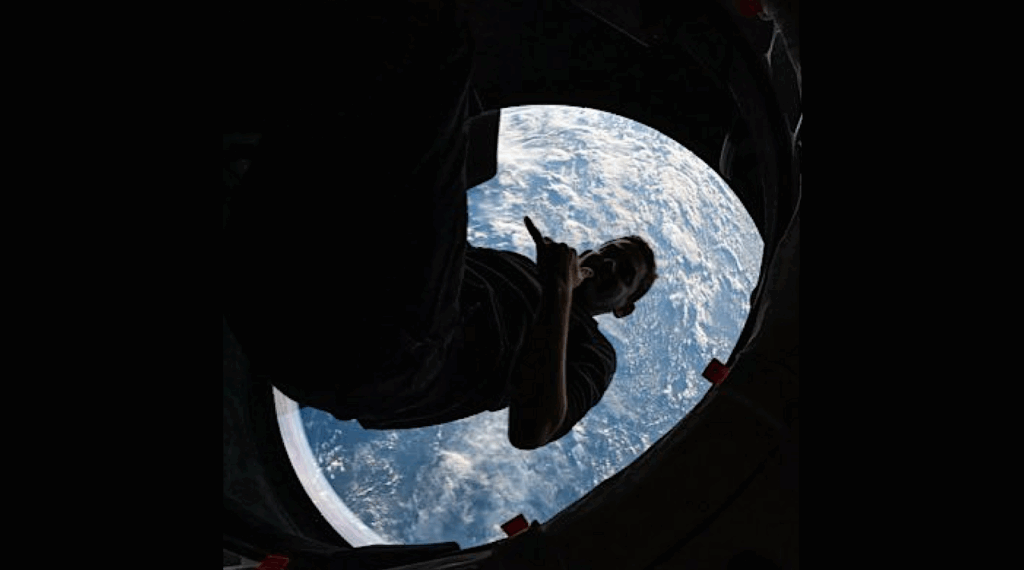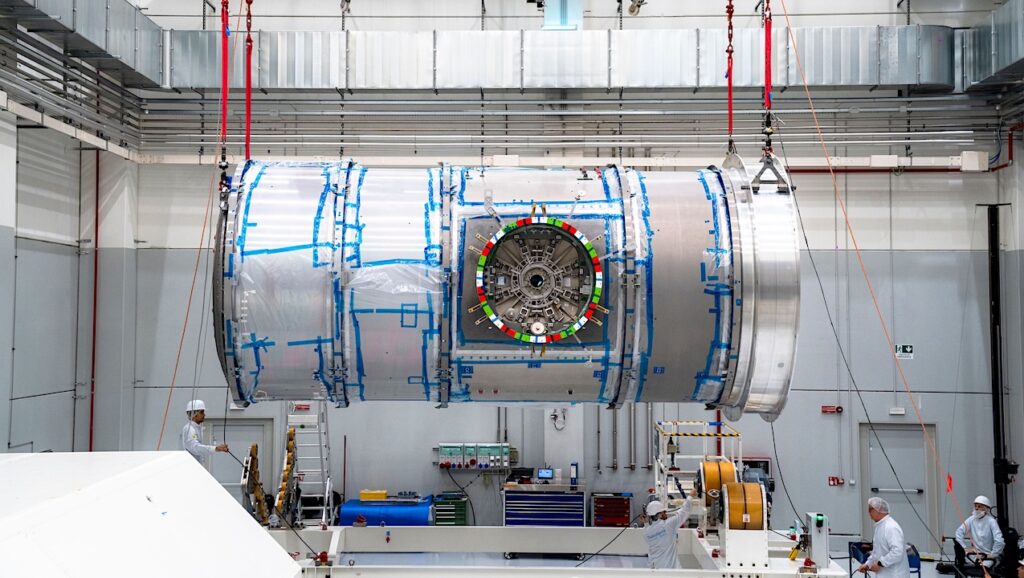Hit and Run Space Policy Analysis
29 August 2004: Plan 1 for Outer Space, Washington Post
“The government, meanwhile, hasn’t yet figured out how to keep one of its signature triumphs, the Hubble Space Telescope, from falling back to Earth in a fireball. NASA doesn’t want to endanger a crew of astronauts for the sake of an aging instrument that will eventually be replaced by more powerful telescopes. There is talk of a robotic mission to save the Hubble, but the whole issue has been a public relations disaster for the agency, emanating the whiff of a can’t-do attitude. These were the people who could always do the impossible. They were the ones who inspired a great American cliche: If we can put a man on the moon, why can’t we . . .”
 Editor’s note: This article is a classic example of simplistic, hit and run “analysis”. First you make up your mind. In this case: “Humans bad; robots good”. Then you find selective quotes or events to back up your point. And by all means do NOT reference an opinion that is contrary to yours – since it would interrupt the flow of one liners and cute observations you have already written.
Editor’s note: This article is a classic example of simplistic, hit and run “analysis”. First you make up your mind. In this case: “Humans bad; robots good”. Then you find selective quotes or events to back up your point. And by all means do NOT reference an opinion that is contrary to yours – since it would interrupt the flow of one liners and cute observations you have already written.
How do I know this? Because the author (Joel Achenbach) called me early in the process of writing this article and blurted out that simple premise – before I even had a chance to provide any insight – and then he admitted that he knew nothing about the process that lead up to the development of the policy. I then spent 20 minutes filling him in – from my perspective, of course. Oh well.
Joel has written some very interesting things (scroll down a bit for my review) in the past. Indeed, the JPL part of this current article is just fine. The human spaceflight portion is not.
Do your homework next time, Joel.








